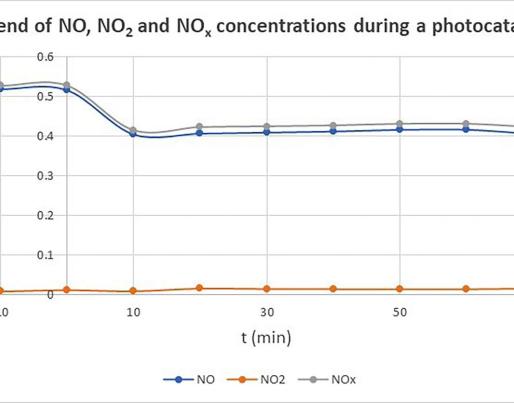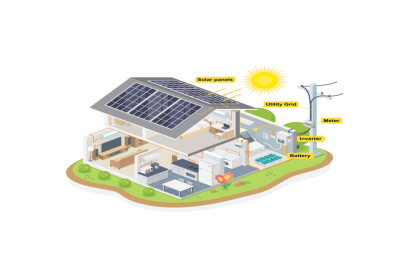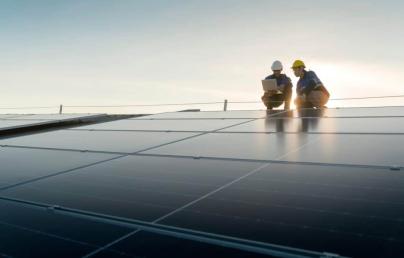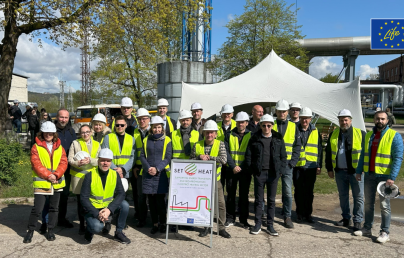LIFE VISIONS: Methodology for the development of the VISIONS photocatalytic paint

LIFE VISIONS: Methodology for the development of the VISIONS photocatalytic paint
LIFE VISIONS project investigates the potential of a photocatalytically active construction material as a technology for achieving better indoor air quality throughout Europe. It also represents an opportunity for the development and implementation of a new de-polluting European strategy.
The following approach has been adopted and implemented for the development, testing and evaluation of the photocatalytic material of LIFE VISIONS.
1. Design and development of the photocatalytic powder: The design and development of the photocatalytic powder was performed with a simple precipitation method from FORTH. The photocatalytic powder based on titanium dioxide with transition metal is activated in the presence of visible light irradiation.
2. Semi-Industrial production of VISIONS Paints: Semi-Industrial production of VISIONS Paints by mixing the optimized photocatalytic powder with 2 different kinds of paints was deployed by VITEX Industry and FORTH. More specifically, VITEX finalized the organic and inorganic formula and started the production for the real scale application needs.
3. Investigation and testing of the photocatalytic efficiency of VISIONS Paints: Investigation of the VISIONS paints efficiency to degrade air pollutants was performed in NCSRD’s photocatalytic lab reactor following CEN/TC/16980-1:2017. Results showed 21.5% Nitrogen Oxide degradation efficiency in Visible light and 83.5% in UV light for the organic formula while for the inorganic formula showed 12.0 % degradation efficiency in Visible light and 66.5% in UV light. These numbers are very promising for an industrial product.
4. Application of the best performing VISIONS Paint at the case study buildings: The best performing VISIONS paint was applied at the pilot buildings of the Hellenic Naval Academy at Piraeus and the Demo Houses at the FORTH premises in Crete. Indoor air quality is monitored by the appropriate measurement instrumentation.
For more information visit the project website.
Join us at our social media:
The project has received funding from the LIFE program of the European Union under GA number LIFE19 ENV/GR/000100


